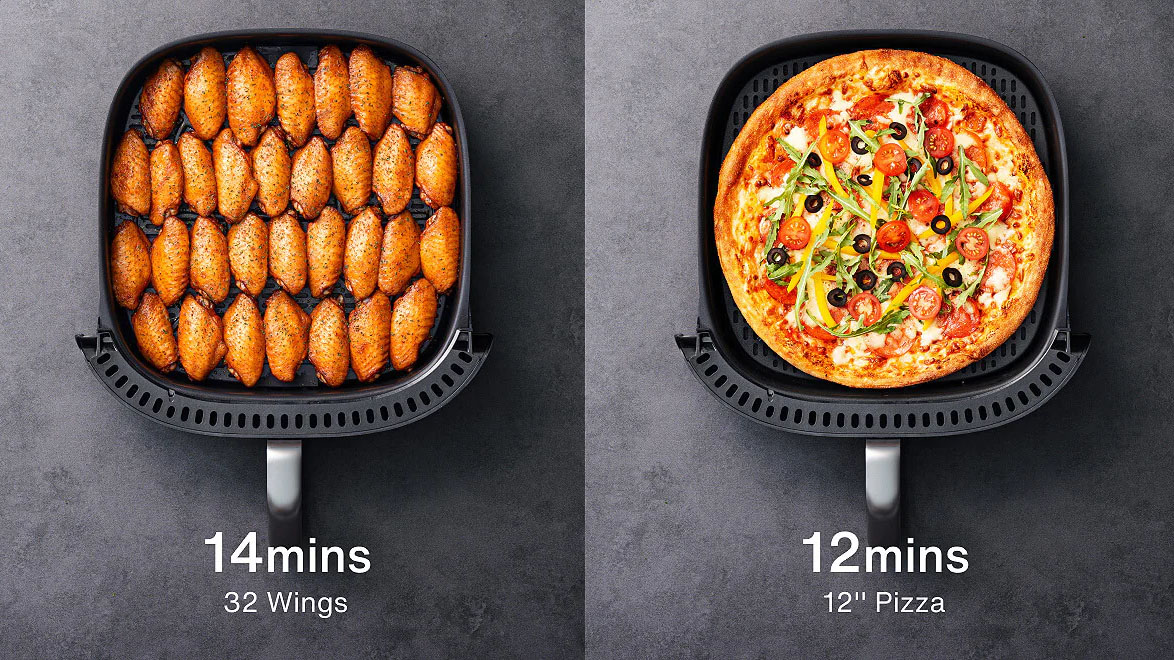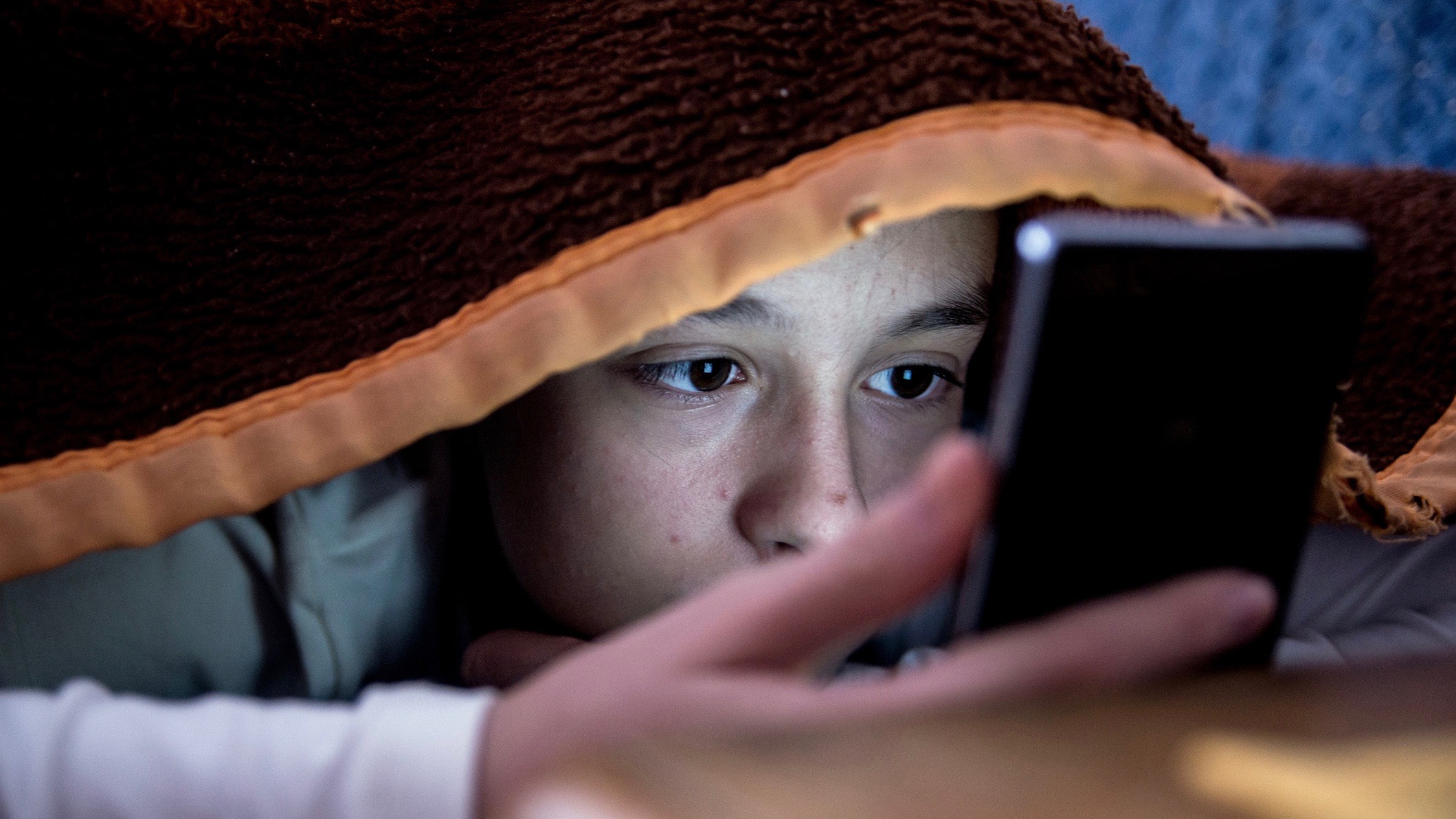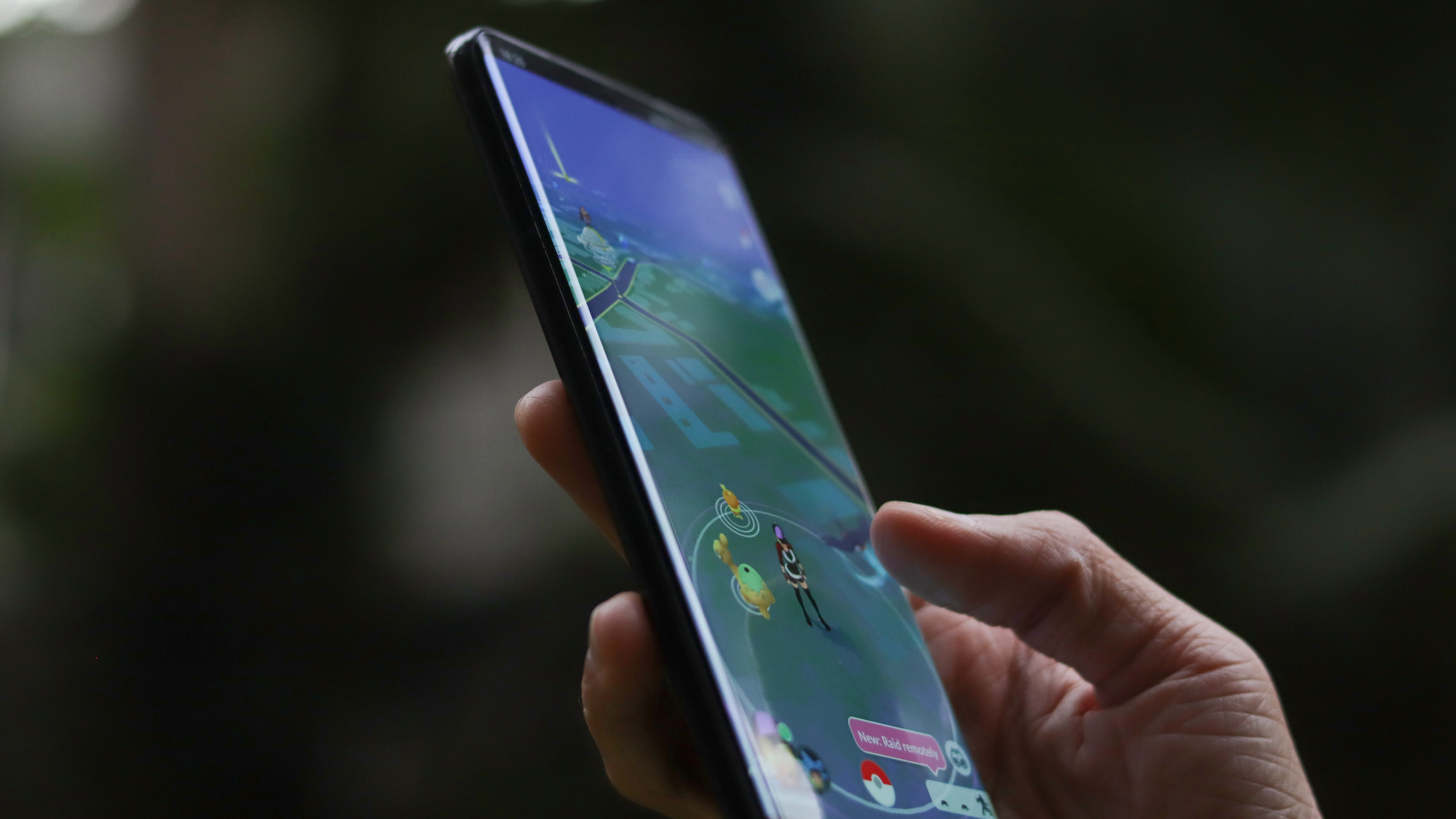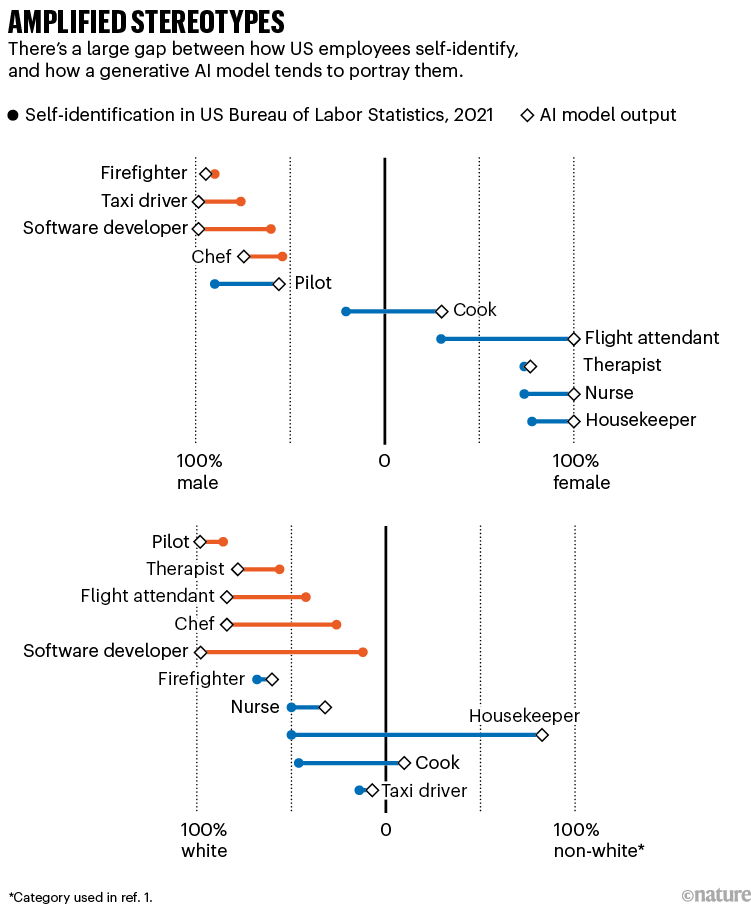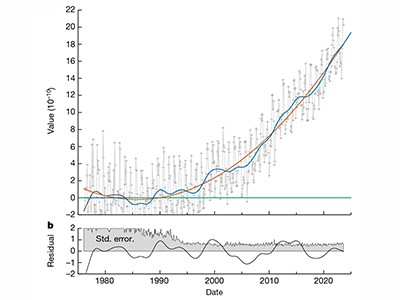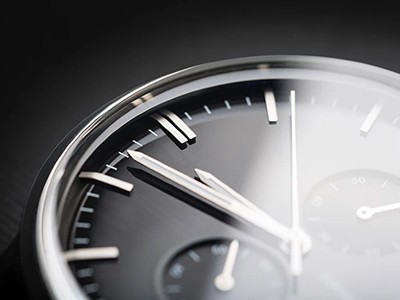[ad_1]
Hello Nature readers, would you like to get this Briefing in your inbox free every day? Sign up here.
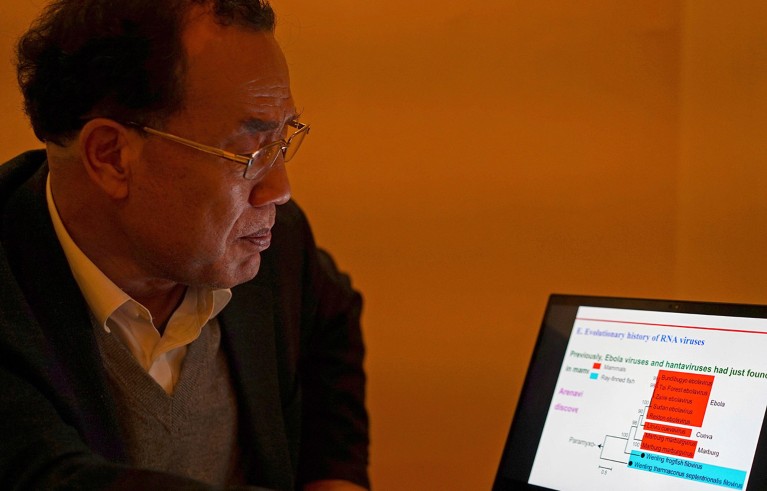
Zhang Yongzhen, the first person to publicly release the genome sequence of the virus that causes COVID-19, was camping outside his laboratory.Credit: Dake Kang/AP via Alamy
Noted Chinese virologist Zhang Yongzhen appears to be back at work following a dispute that saw him sleeping in the street outside his own lab. According to social media posts on Zhang’s Weibo account, his group was given two days to relocate to a new lab that lacked sufficient biosafety controls. In 2020, Zhang and long-time collaborator Edward Holmes, a virologist in Australia, were first to publicly release the genome of SARS-CoV-2 — a choice credited as key to the swift development of COVID-19 vaccines. But Zhang’s research output has since dwindled, which Holmes blames on an effort to sideline Zhang for unauthorized sharing of data. “It is heartbreaking to watch,” he says. “It is unfathomable to me to have a scientist of that calibre sleeping outside his lab.”
Read more: In 2020, Zhang featured in Nature’s 10 — an annual list of people behind key developments in science, when he discussed why he shared the SARS-CoV-2 genome despite a Chinese government order forbidding it.
A ‘challenge trial’ early in the COVID-19 pandemic that aimed to infect 35 volunteers on purpose to study treatments ended after none of them got sick, a paper detailing the results has revealed. Fourteen of the participants then caught the Omicron strain after being released from quarantine. The strains used in challenge trials are produced under stringent conditions — a process that can take months. This can put them well out-of-date compared to emerging variants that can overcome widespread immunity. “We need a challenge strain that’s more representative of what’s circulating in the community,” says vaccine scientist Anna Durbin.
Reference: Lancet Microbe paper
India’s leading social-science research institute, the Centre for Policy Research (CPR), is reeling after a January decision by the government — currently being challenged in court — banned it from taking money from international funders, including the Bill & Melinda Gates Foundation and the UK Foreign, Commonwealth & Development Office. The tax authorities also levied the institution with a 10 crore rupees (US$1.2 million) bill.
In an opinion article, former CPR chief executive Yamini Aiyar, who stepped down in March, says this is part of a pattern of attacks on institutions conducting independent research. “The documented drop in academic freedom is part of a broader decline in India’s vibrant culture of public debate,” she writes. “At a juncture when critical feedback and effective consultation are required to secure the country’s long-term growth and prosperity… it has now become increasingly common for technocrats in government to seek to discredit researchers and suppress research.”
Nature news article | 6 min read & opinion article | 5 min read
Features & opinion
Scientists are racing to find out whether chimeric antigen receptor (CAR) T-cell therapies, one of the most celebrated new cancer treatments in decades, could be causing new malignancies. The US Food and Drug Administration received 33 reports of lymphomas among some 30,000 people who had been treated. It remains unclear how many, if any, of the new cancers came from the CAR T cells or from other therapies the patients had received. “Most cancer therapies can cause cancer. This is one of the paradoxes of our business,” says paediatric oncologist Crystal Mackall.
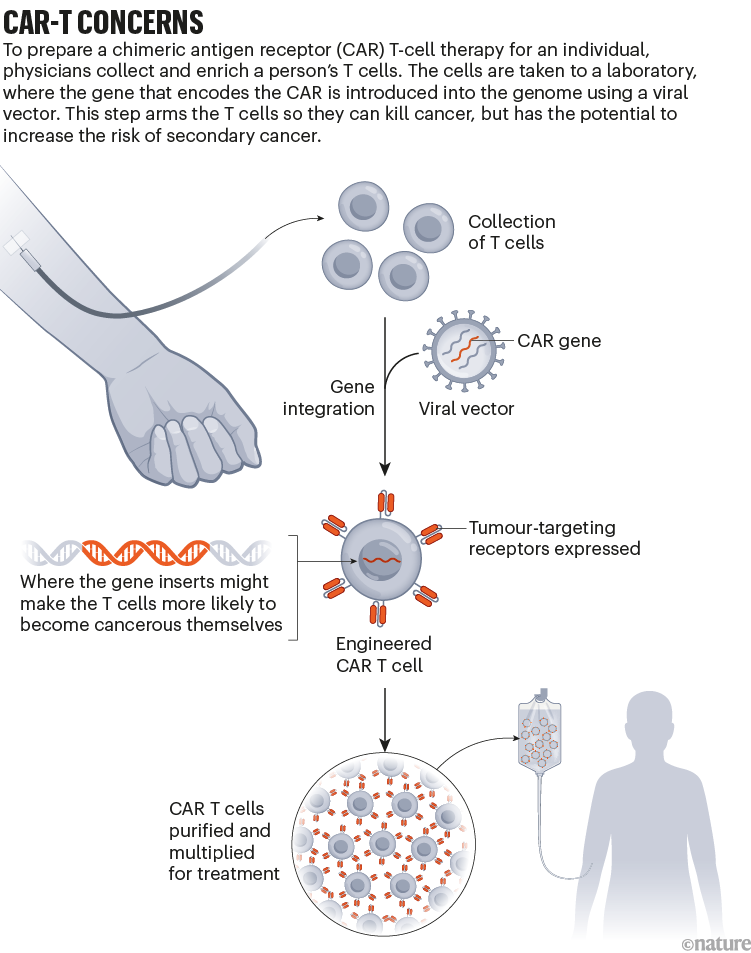
The Netflix series 3 Body Problem is a hit — but is the mind-bending tale of a group of alien-battling Oxford physicists good science? Nature asked Xavier Dumusque, a planetary scientist who has studied the three-star system Alpha Centauri, Younan Xia, a materials scientist who has worked with cutting-edge nanotechnologies and Matt Kenzie, a particle physicist and the scientific adviser for the show.
Like many regions, Africa faces challenges to infrastructure, institutions and ecosystems. “But the current circumstances also offer an opportunity for African nations,” argues agricultural economist Alfred Bizoza. “Despite — or perhaps because of — its challenges, Africa is already a hub for sustainable innovation.” He calls for ‘supported independence’ of science and innovation in the continent, with the aim of designing innovations that work for African researchers and African people.
A couple of weeks ago, we told you (in a story about left- and right-handed molecules) that the drug thalidomide showed to tragic effect why it’s important to separate molecules’ mirror-image forms: one version is a sedative, the other causes congenital disabilities when taken during pregnancy.
While technically true — the different versions do have different effects — Editorial Director of the Physics & Chemistry Nature journals (and former editor of Nature Chemistry) Stuart Cantrill alerted us that the real-world implications have become something of a chemistry urban myth. “In the body, the two forms will interconvert,” notes Cantrill. “So even if you give the ‘safe’ mirror image form it will convert into the version that is not safe (well, you’ll get a 50:50 mixture) and biological studies confirm that it leads to embryonic defects just as if you gave the mixed versions in the first place.” The persistence of the tale was explored in detail in Nature Chemistry in 2010 by chemist Michelle Francl (who blew our minds in January with her revelation that the secret to a great cup of tea is a pinch of salt).
Thanks for reading,
Flora Graham, senior editor, Nature Briefing
With contributions by Sara Reardon
Want more? Sign up to our other free Nature Briefing newsletters:
• Nature Briefing: Microbiology — the most abundant living entities on our planet — microorganisms — and the role they play in health, the environment and food systems.
• Nature Briefing: Anthropocene — climate change, biodiversity, sustainability and geoengineering
• Nature Briefing: AI & Robotics — 100% written by humans, of course
• Nature Briefing: Cancer — a weekly newsletter written with cancer researchers in mind
• Nature Briefing: Translational Research — covers biotechnology, drug discovery and pharma
[ad_2]
Source Article Link





